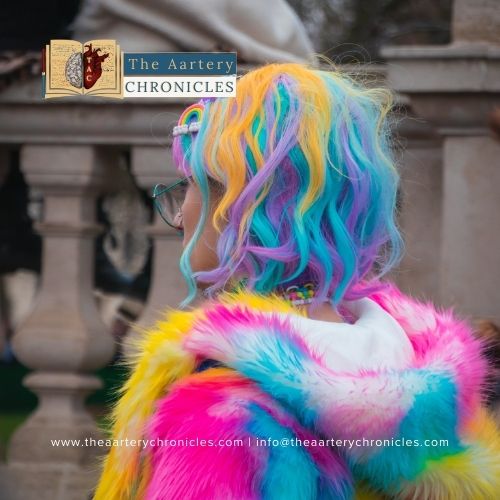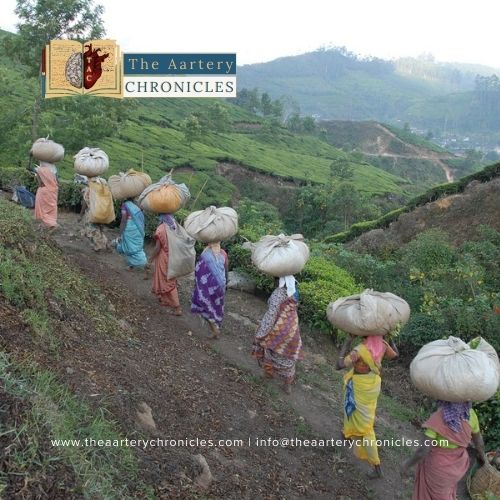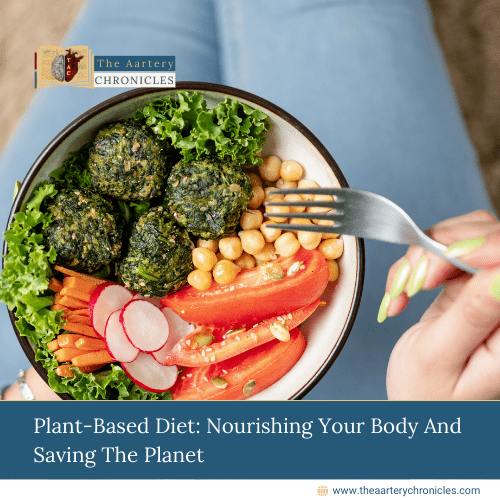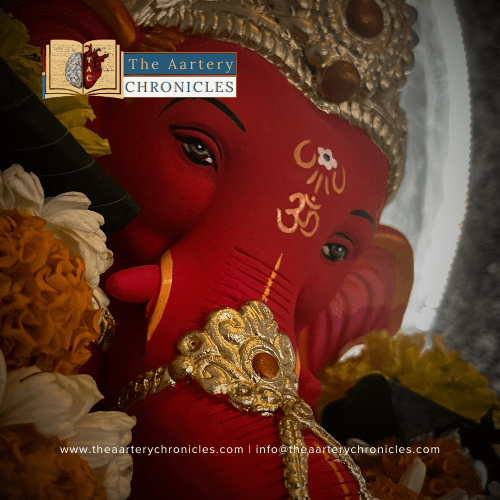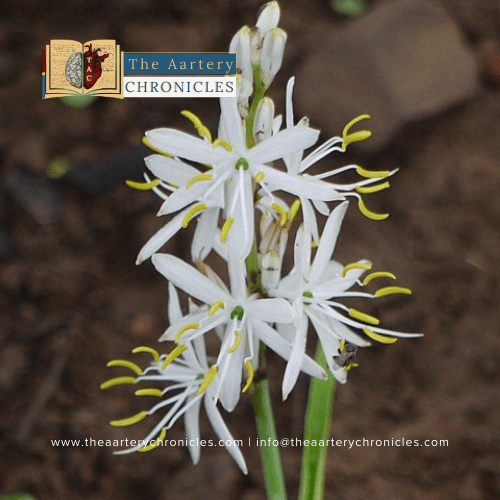Intermittent Fasting: The Path to Health and Longevity
Reading Time: 4 minutesIntermittent Fasting: The Path to Health and Longevity Throughout history, fasting has been linked to both physical well-being and spiritual growth. Various religions have practised fasting as a means of self-purification or to honour and glorify God. In a world where diets often come and go, one dietary approach has stood the test of time and gained recognition for its numerous health benefits: intermittent fasting (IF). IF isn’t just another dieting fad; it’s an eating pattern that has been practised for centuries and has now garnered scientific support for its potential to enhance health, promote weight management, and even extend longevity. Mahatma Gandhi, our revered Father of the Nation, frequently advocated fasting for health, drawing from his faith in naturopathic principles. Gandhi ji believed that fasting could occasionally stimulate sexual desire and enhance one’s appetite for food. In this article, we’ll explore the various methods of intermittent fasting, delve into the science behind its health benefits, and understand how it can be a pathway to a healthier and longer life. Paramahansa Yogananda (left) and Gandhiji (right). Source: Wikimedia Commons What is Intermittent Fasting Intermittent fasting is a structured eating pattern that alternates between periods of fasting and eating. Unlike traditional diets that focus on what you eat, IF emphasises when you eat. There are several popular methods of intermittent fasting, each with its unique approach: The 16/8 Method: This method involves fasting for 16 hours each day and restricting your eating to an 8-hour window. For example, you might eat between 12:00 PM and 8:00 PM and fast from 8:00 PM to 12:00 PM the next day. The 5:2 Method: With this approach, you consume a regular diet for five days of the week and restrict calorie intake to around 500-600 calories on the remaining two non-consecutive days. The Eat-Stop-Eat Method: In this method, you fast for a full 24 hours once or twice a week. For example, you might fast from dinner one day until dinner the next. The Alternate-Day Fasting Method involves alternating between fasting and non-fasting days. On fasting days, you consume very few calories or none at all. The Warrior Diet: This method involves consuming small amounts of raw fruits and vegetables during the day and having one large meal in the evening, usually within a 4-hour eating window. Health Benefits of Intermittent Fasting Weight Management: Intermittent fasting can help you reduce calorie intake, which often leads to weight loss. Additionally, it can enhance fat loss and preserve lean muscle mass. Improved Insulin Sensitivity: IF can improve insulin sensitivity, helping regulate blood sugar levels and reducing the risk of type 2 diabetes. Heart Health: Some studies suggest that intermittent fasting may improve cardiovascular health by reducing risk factors like blood pressure, cholesterol levels, and triglycerides. Enhanced Autophagy: Autophagy is a cellular process that cleans out damaged cells and regenerates new ones. Fasting triggers autophagy, which can help protect against various diseases and slow down the ageing process. Longevity: Research on animals has shown that intermittent fasting may extend lifespan by promoting cellular repair and reducing the risk of age-related diseases. Getting Started with Intermittent Fasting Before embarking on an intermittent fasting journey, it’s essential to consider a few key points: Consult a Healthcare Professional: If you have underlying health conditions or are taking medications, consult with a healthcare provider before starting any fasting regimen. Choose the Right Method: Select an intermittent fasting method that aligns with your lifestyle and preferences. Stay Hydrated: During fasting periods, it’s essential to stay hydrated by drinking water, herbal teas, or black coffee (without added sugars or cream). Listen to Your Body: Pay attention to hunger cues and adjust your fasting schedule accordingly. It’s essential to maintain a healthy relationship with food Conclusion In conclusion, intermittent fasting is not just a diet but a lifestyle approach that offers numerous health benefits, including weight management, improved insulin sensitivity, heart health, enhanced autophagy, and potential longevity. However, it’s essential to approach it thoughtfully and with medical guidance, especially if you have any health concerns. With the right approach, intermittent fasting can be a path to better health and a longer, more vibrant life. TAC Desk
Intermittent Fasting: The Path to Health and Longevity Read More »
Nutrition and Diet, People Forum

